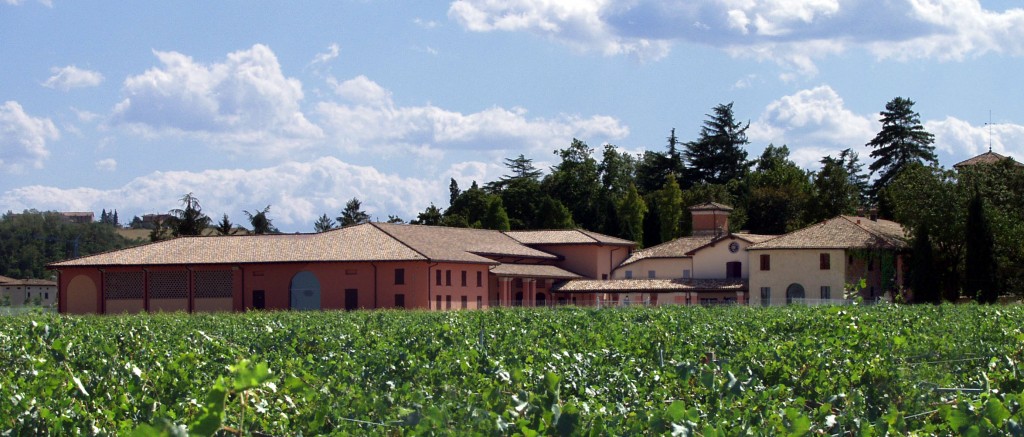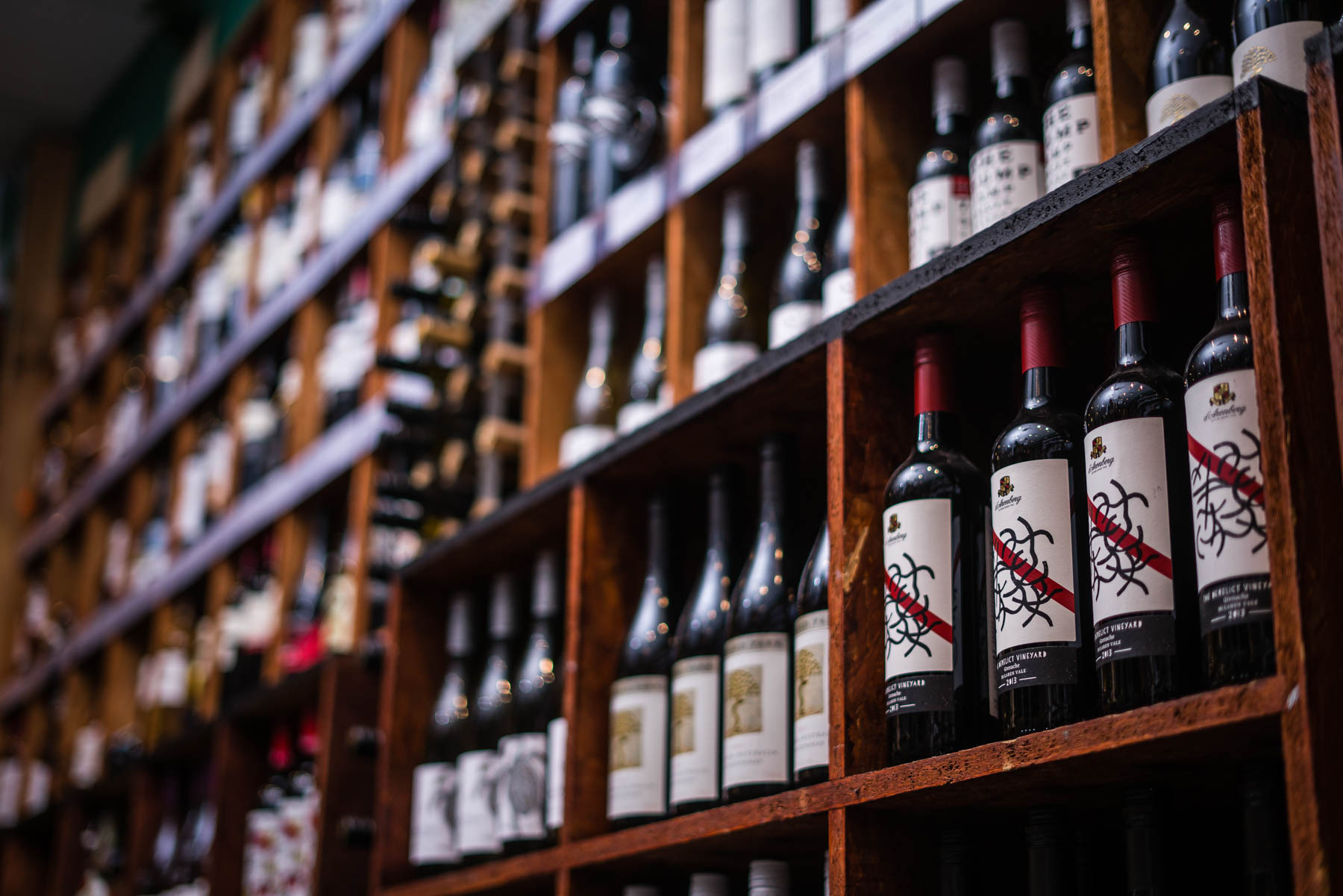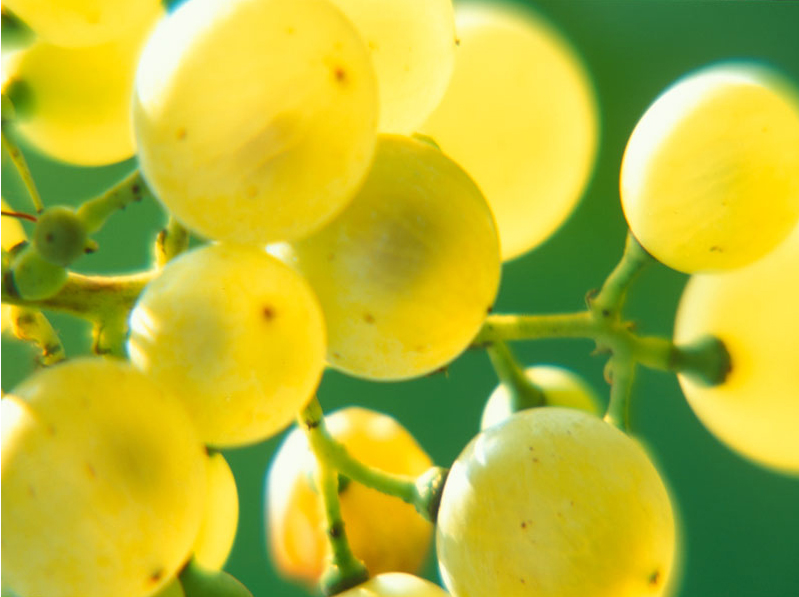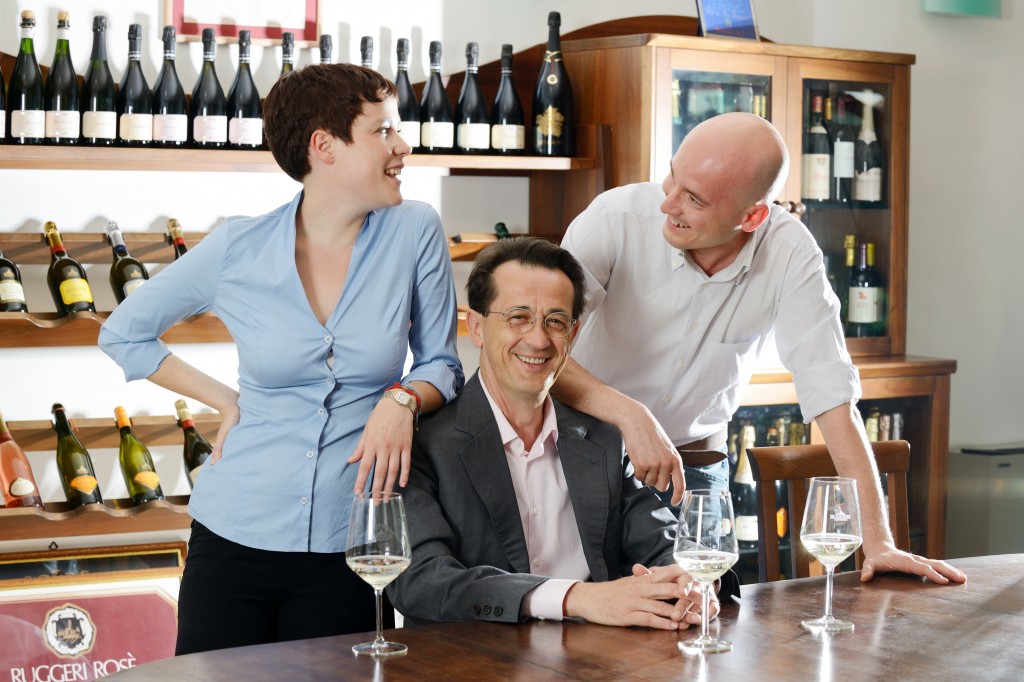Getting to know Italian Fizz
Laura on 21 Jul 2014
By Angela Mount
With the current craze for Prosecco, which now sells over 2.5 million bottles a year in the UK, it’s easy to assume that this light, frothy, delicate fizz is the only sparkling wine that Italy produces, but that is not the whole story.
Now that Prosecco, achingly fashionable and quirky a few years ago, there’s a look out for the next new thing – something different, something new, which is still going to offer great flavor and great value at whatever the price. One of the leading UK supermarket wine teams has already put its mighty weight behind Pignoletto, hailing it as ‘the new Prosecco’.
But there’s Prosecco and Prosecco – good, bad, indifferent. The same goes with Pignoletto. And then there are some top notch Italian sparklers, made by the Champagne method, which will give the big French brands a run for their money in the flavor and value stakes. Most Italian Sparkling wine is produced in the northern part of the country, where it’s cooler, and better suited to these fresh, lively styles.
So there’s a cornucopia of different styles and types of sparkling wine coming from Italy – here’s a quick guide, to help work through the maze of sparkle.
Prosecco - Prosecco is both a grape and a wine region, in north west Italy. What started out as a relatively small, traditional production of sparkling wine, exploded onto the international scene about 10 years ago, and hasn’t looked back. Fantastic news for the producers, but dangerous too, since, as with so many other growth businesses, there’s been a rush on expansion, with massively increased vineyard space and production facilities , so much so that the local authorities had to extend the boundaries of the legal area where Prosecco could be produced.
Which brings me back to why it’s important to pick the best Proseccos, those which have heritage, and are made with care. Ruggeri are one of the oldest producers in the region, and earlier this year, I chatted to one of the family owners, Isabella Bisol. Unlike many of the cheaper Proseccos, which are grown on the plains of the expanded area, all the Ruggeri Proseccos are made from grapes grown high in the hills, in the very best areas, and the focus is on quality ,and maintaining, rather than expanding volume. ‘We need to stay true to our tradition, our heritage, and our quality’ she told me – and judging by the stack of awards that Ruggeri regularly racks up, she’s right. From the light, zestily fresh Ruggeri Prosecco Argeo and the equally lively, prettily pink Ruggeri, Rosé di Pinot, through to their hallmark wine, the elegant, DOCG Ruggeri, Prosecco Quartese Brut NV, the wines are clean, characterful, and have a depth and personality that many of the cheap versions lack.
Pignoletto and friends – Pignoletto certainly seems to be the new ‘buzz’ word, and the new fashion favourite. But where’s it from and what is it? Most people I talk to seem to think it’s just another style of fizz, grown in the same region as Prosecco. But it’s actually a little-known grape, which hails from the eastern side of northern Italy, a little bit south of Venice, in the Emiglia-Romagna region, which has the famous and beautiful cities of Bologna, Modena, and Parma at its heart ( home of Formula One and Ferraris).

This is the wine region , which gave birth to the international craze for Lambrusco back in the 80s and 90s – that sweet, semi- sparkling, fizzy-pop drink that dominated the shelves for about a decade, and then sank into oblivion. It was yet another victim of commercial hype, since true Lambrusco, in its proper, unadulterated guise, such as Cleto Chiarli, Lambrusco di Sorbara, is a very fine thing, bright, ruby red, gently frothy, and full of juicy, cranberry and pomegranate fruit, which would go equally brilliantly with a platter of charcuterie, or a bowl of strawberries. Throw away your prejudices and give it a try!
Cleto Chiarli are one of the oldest producers in this historic region, set up in 1860,who have come of age in the new era, as pioneers of sparkling wines, which stay true to their origins, but have moved about as far as they can get from the stereotypical , semi-sweet sparklers from 2 decades ago. Cleto Chiarli, Pignoletto is bang on trend - crisp, vibrant, citrusy, and tongue-tingling in its freshness, whilst the pinkily-pretty sister Cleto Chiarli, Brut Rosé is a deliciously light, dry, frothy concoction of summer berries.
Champagne style – Ferrari – the name says it all; top of the range, in a class of its own, be it the car, be it the wine. Whereas most Italian sparkling wines are made by producing the bubbles in tank, Ferrari, is about as close to Champagne as Italian sparkling wine can be It was started in 1902, by the founder ,who wanted to make just a few cases of exquisite sparkling wine, to rival Champagne; he succeeded. Today, Ferrari is world famous, and the leading producer, in the region, using exactly the same process, and delivering ripe, complex, inviting and irresistible sparkling wine. These elegant bubbles can’t be called Champagne,since that name is reserved for the Champagne region, but have all the aristocratic hallmarks of the style. At the top of this premium range is a selection of single vintage sparklers, but for a very fine challenge to Champagne, try the Ferrari Maximum Brut, with its gloriously rich, creamy, toasty flavours, made entirely from Ferrari’s trademark Chardonnay grape - It regularly fools Champagne lovers in blind tastings.
So if you enjoy a glass of fizz, and want to try something new, give some of these a go, and add a touch of Italian ‘bella vita’ to your Summer.




